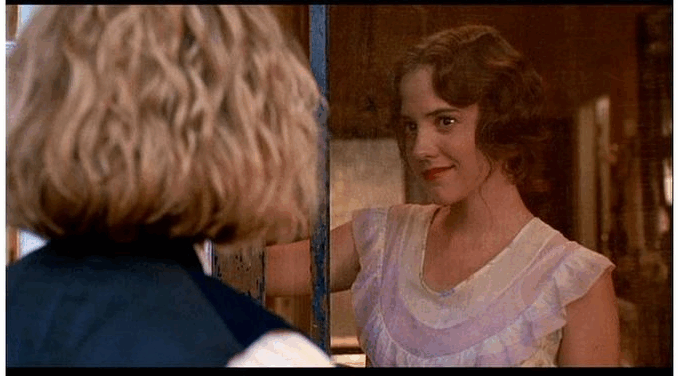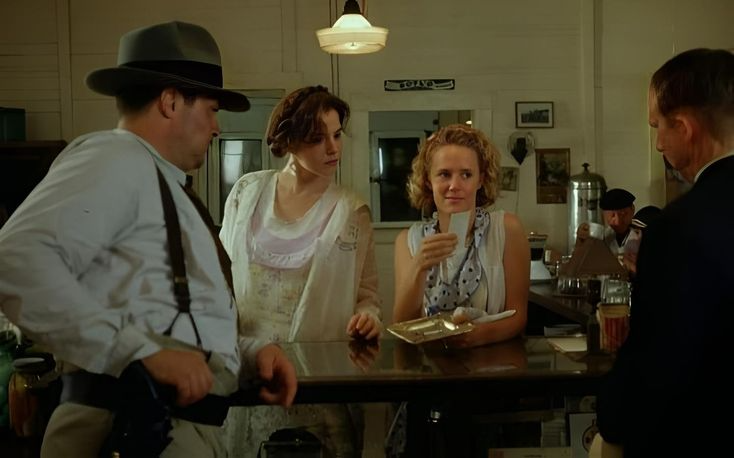
In cinematic storytelling, visuals often steal the spotlight. But in the case of Fried Green Tomatoes, it’s the subtle interplay of music, ambient sound, and purposeful silence that gives the film its profound emotional weight — a fact many viewers subconsciously feel, but rarely articulate.
Thomas Newman’s Understated Brilliance
Renowned composer Thomas Newman (The Shawshank Redemption, American Beauty) was brought in to score Fried Green Tomatoes, and what he created was nothing short of transformative. Rather than relying on sweeping orchestral themes or melodramatic crescendos, Newman chose restraint. His score pulses gently in the background, echoing the rhythms of rural Alabama and the inner lives of women holding grief, joy, and rebellion inside them.
The theme “Whistle Stop Cafe” is a masterclass in emotional layering — its minor keys and slow tempo quietly invoking both nostalgia and melancholy.
“It’s the music you don’t notice that changes everything,” Newman said in a 1992 interview. “You feel before you understand. That’s what I wanted for this film.”
When Silence Speaks Louder

Equally powerful is the film’s use of silence. Director Jon Avnet allows moments — especially between Ruth and Idgie — to stretch beyond dialogue. These pauses are filled with glances, breaths, distant cicadas, the clatter of a kitchen or a train whistle. It’s here that the audience feels the love, the tension, the mourning — without a word spoken.
A prime example: the scene where Ruth silently watches Idgie serve food to customers, her expression shifting from admiration to sadness to longing. No music, no words. Just the quiet of a summer afternoon — and it speaks volumes.
Southern Soundscapes: More Than Just Atmosphere
Beyond the score, the diegetic sound — what characters hear in their world — is intricately designed. The creak of screen doors, the sizzle of frying tomatoes, the hum of conversation under ceiling fans — all of it works together to transport viewers not just to another place, but to another emotional frequency.
In a film so driven by memory, the auditory palette plays a crucial role in evoking that hazy line between past and present, real and remembered.
Hidden Layers in Rewatching
Many fans report that with each rewatch, they begin to hear the film differently. A lullaby-like theme may take on new sadness after Ruth’s death. A train whistle once signaling adventure later evokes loss. These sound motifs evolve, just like the characters do.
This is intentional. The film was designed to age with the viewer, and its sound design ensures that each viewing offers something new.
Legacy: A Soundtrack for the Soul
Though often overshadowed by its performances and plot, Fried Green Tomatoes owes much of its timelessness to its sound. It is one of the rare films where you could close your eyes, listen, and still be moved to tears.
Today, Newman’s soundtrack is used in classrooms for film scoring workshops. Audiophiles trade vinyl pressings of the score. And directors cite the film as an example of “emotional soundtracking” that doesn’t manipulate, but gently guides.
In a world full of noise, Fried Green Tomatoes teaches us to listen to the quiet. That’s where the real story lives.
